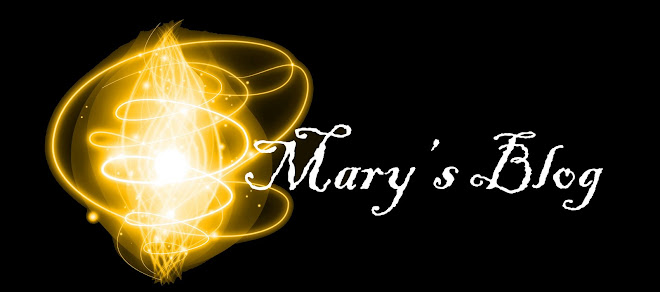Check out this SlideShare Presentation:
Double Page Spread
View more presentations from mezza.
Lily Allen

The choice of artist featured in the article is about Lily Allen who is also a rebel in her own way, which is why it targets the audience members because NME is known for being rebellious and not following the norms of other music magazines. NME’s target audience are teenagers who listen to rock’n’roll and indie music. The language style used in the article is very relaxed and quite colloquial. This is because it reflects the target audience and the way in which they talk such as certain phrases or words. The background colour is white with black writing in the foregrounds which works really well because it stands out from the page itself. Also are there bits of red writing which also stands out on the white background which matches with the colour of Lily Allen’s’ shirt. The style of text itself is the same throughout the magazine and is very similar to the other interviews which are featured in the magazine.
The images which are placed in the magazine are also the same the featured artist or band picture usually takes up one of the double paged spread and the text on the other side but this can also be reversed. This doesn’t say much about the target audience because the layout for interviews are usually the same except for when they are doing reviews which is more crowed in terms of layout and information. The artist is presented quite untidy and messy looking, which is not common with other magazine where the artist looks well presented. However this adds to the edge of the music and how it contradicts to the norms of magazines. The artist also shows a rebellious look which she is known for which fits in well with the target audience of the magazine. The style of the article matches the style of the front cover because the front cover main cover line reads ‘Lily Allen Takes on the World’ and the pull out which is ‘People think I’m an attention seeker but I’m just honest’ in is the same text format with the black square and the white writing which contrast the main article itself.
The Third
The bands which are featured in this article are new and upcoming band. This targets their audience because NME is most famous for having new bands featured first in their magazine which keeps their target audience up to date with new bands.
Again same as the article with Lily Allen most of the language used are relaxed and quite colloquial and language which their target audience refers to. In this article they feature three bands unlike the previous one which is just 1 artist. Also there are more vibrant colours used in this article such as pink which pops form the plain white background and the photographs. However they still use the same colour house with the white background and the black writing. This style is very different from all the other interviews in the magazine. It’s a lot more squashed with information unlike interviews and there’s a lot more pictures unlike the interviews where they only have a picture of the band or artist. Because there are three bands featured in the article they have limited spacing.
Again same as the article with Lily Allen most of the language used are relaxed and quite colloquial and language which their target audience refers to. In this article they feature three bands unlike the previous one which is just 1 artist. Also there are more vibrant colours used in this article such as pink which pops form the plain white background and the photographs. However they still use the same colour house with the white background and the black writing. This style is very different from all the other interviews in the magazine. It’s a lot more squashed with information unlike interviews and there’s a lot more pictures unlike the interviews where they only have a picture of the band or artist. Because there are three bands featured in the article they have limited spacing.
The first band takes up the whole of the 1st page. The background is blown up to fill the whole of the page and the writing I sin a white box with black writing. The second band gets ¼ of the pages and the last band gets ¾ of the page. However all three bands have pictures which is still attractive to the target audience, but because of these the article space is quite limited and there isn’t a lot of information about the bands. The double page spread is about LIVE events which an editor would have had to gone to take the pictures of the live acts playing. So the pictures presented are not taken from the studio but form the live event which is why it is so important to the readers to know that. The style of the article matches the style of the front cover because the front cover of NME is usually crowed and packed with information which is the same has this particular article. Also the use of colours is the same with those which are in the front cover of NME.


















